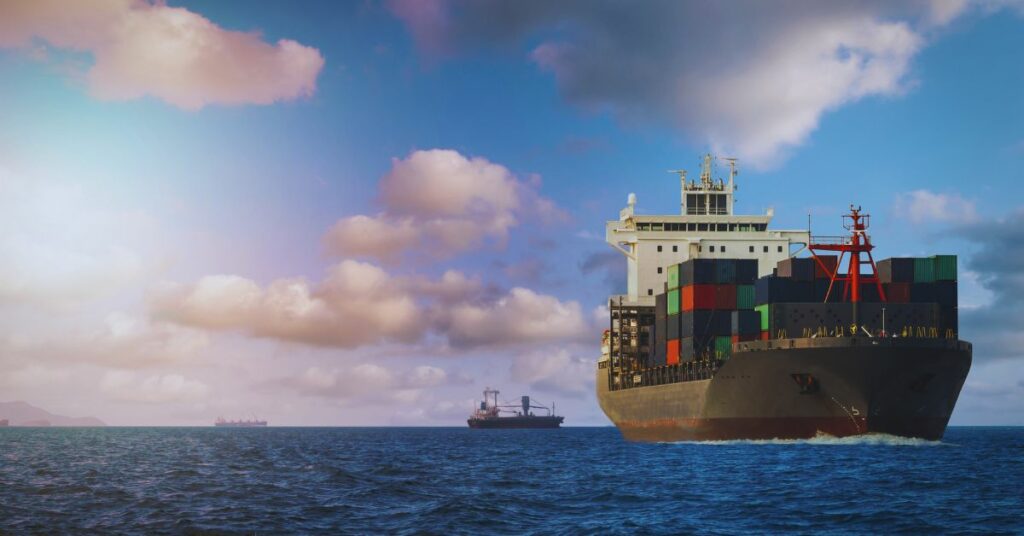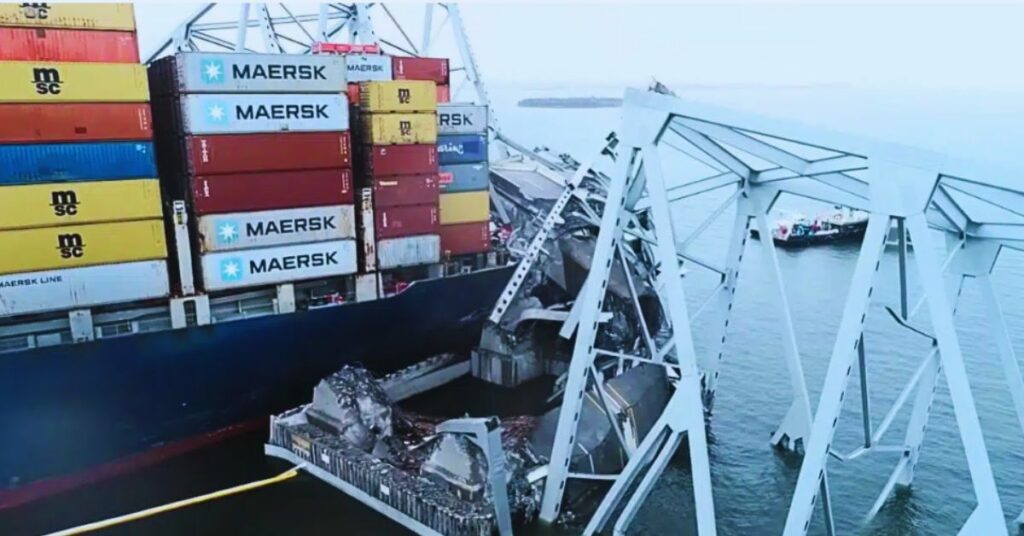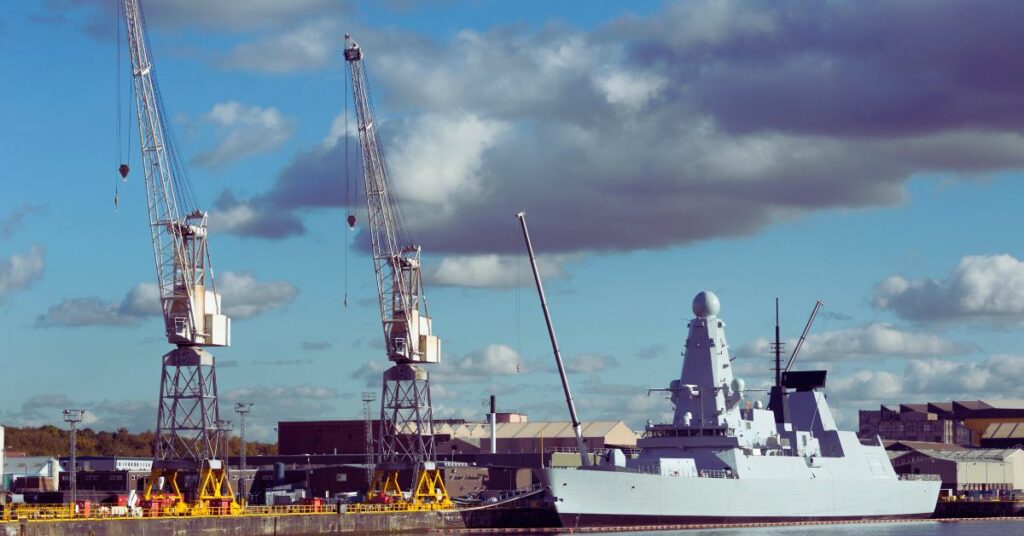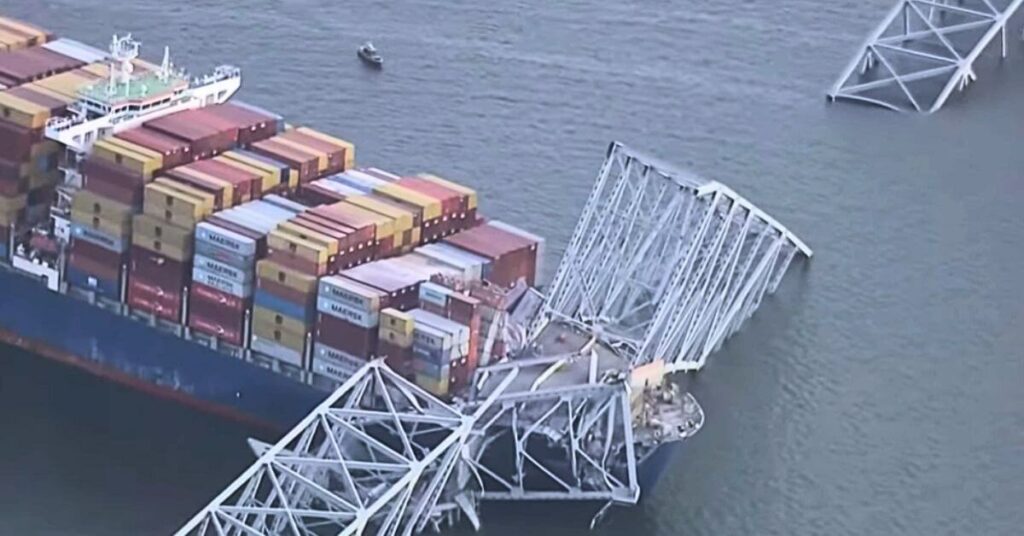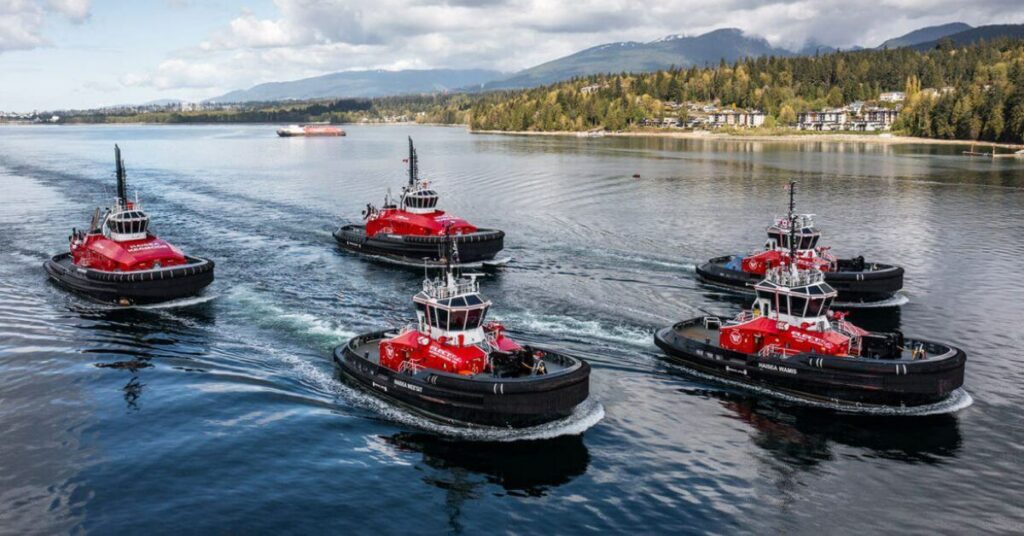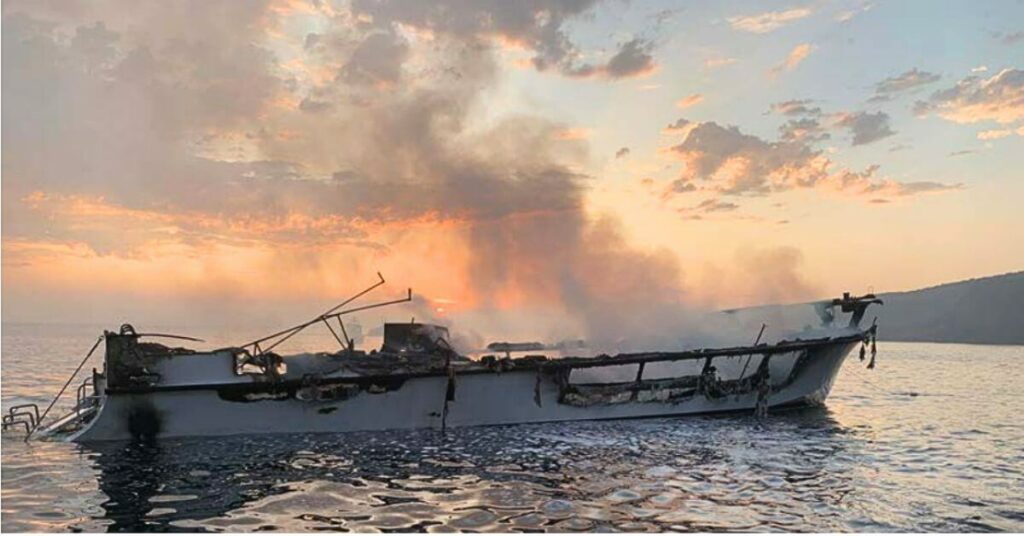Rare 400-Year-Old Vessel Discovered In A German River
Maritime archaeologists in northern Germany have stumbled upon the wreckage of a 400-year-old cargo vessel that sank nearly standing, thereby escaping the decays from shipworms and continuing to boast the barrels of lime it was loaded with for the stone-building industry of centuries ago.
The ship, a rare find, belongs to the Hanseatic period when a particular group of north-European trade guilds dominated the North and Baltic seas from the 13th to 17th centuries, Live Science reported. Wood typically rots away underwater quickly in a region like this, and few shipwrecks of this age have ever been found. But maritime archaeologists consider that the wreck survived beneath waves as it was engulfed and safeguarded by a layer of mud carried by the river Trave, which leads to Lübeck approximately 5 miles inland.
The vessel’s remains were discovered in 2020 during a routine sonar survey led by authorities of the navigable channel in the Trave. The ship is at a depth of nearly 36 feet in the saltwater outer stretch of the river, between Lübeck and the port of Travemünde, at its mouth toward the Baltic Sea.
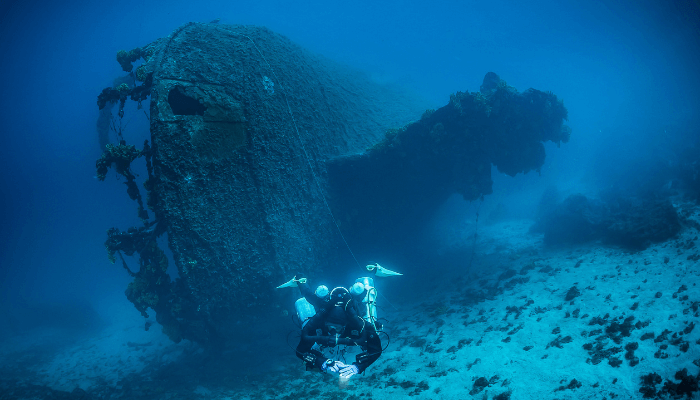
The wrecked cargo vessel was between 66 to 82 feet in length and could’ve been a galliot, a single-masted ship famous in the Hanseatic era. Fritz Jürgens, the lead maritime archaeologist on this assignment, said. He is also the assistant chair of protohistory, post-medieval, and medieval archaeology associated with the Kiel University in Germany. During that time, the north German towns and guilds, as well as those in other parts of Europe, made up a bloc — the Hansa — that dominated trade through the Baltic and the North Seas.
The layer of river mud over the wreck could have saved it from being colonized by the Teredo navalis, a kind of saltwater clam popular as a “shipworm” that eats up submerged wood rapidly, Jürgens said. The bivalve destroys wooden wrecks in the western Baltic region, but it does not survive in the cold waters of the eastern Baltic; consequently, centuries-old wooden wrecks similar to that in the Trave are nearly never seen in the west.
Quicklime cargo
Almost 150 wooden barrels were found almost intact on or near the wreck, show that the vessel was loaded with a cargo of quicklime when it reportedly sank during the late 17th century. Quicklime is formed by burning limestone. It is a critical ingredient for mortar that’s used in stonework.
The source would’ve been Scandinavia, Jürgens mentioned. He said that it is known that the cargo was arriving from there, most likely to Lübeck, as northern Germany does not boast massive sources of limestone.
Historical findings have pinpointed the shipwreck date as 1680’s December. A letter discovered from that date in the Lübeck historical archives highlights that the Travemünde’s bailiff or Voight requested an unknown recipient to try and recover the cargo of a galliot that had gone aground in the river. That fits with what’s known about the Trave shipwreck, Jürgens mentioned, including the results of a dating technique known as dendrochronology, which showed the patterns of tree rings seen in the timbers of trees that were felled in the 1650s.
It is more likely that the vessel had been turning before entry into Lübeck when it reportedly aground in the river and on a shoal. This shallow zone exists even today and threatens ships unaware of it. It is also possible that workers of the 17th century recovered some of the vessel’s cargo, causing it to refloat, but the vessel sank owing to the leakages caused as it struck the shoal.
The submerged wreck, along with the cargo, has been photographed by a scientific diver named Christian Howe, and the ship is likely to be raised from the riverbed in the next few years so that it does not move again and pose risks to modern shipping in that area, Jürgens maintains.
Historic wreck
Lübeck was famous for shipbuilding in the Hanseatic period, so it is possible that the ship was constructed there. However, vessels like this were common in the region when the vessel sank in the Trave. It may have also been built somewhere else in Europe, observed Manfred Schneider, the head of the department at Lübeck’s archaeology division and a project lead in the mission to salvage the vessel.
The wreck is notable for its state of preservation, owing to the absence of shipworm infestation and other marine organisms and its weighty cargo.
There are almost 70 barrels in the original location and 80 more barrels in the vicinity, Schneider informed Live Science through an email. The vessel, hence, sank standing and had not capsized. He also mentioned that archaeologists might be able to uncover additional archaeological finds in the sediment that covers the vessel’s interior.
Raising the vessel from the riverbed may allow archaeologists to examine the hull and construction and identify the origin thoroughly. The salvage might uncover the earlier unknown parts of the wreck that are currently hidden within the sediment, Schneider mentioned.
Even though Lübeck was a centre for Baltic trade during the Hanseatic period, few authentic maritime items from that time survived. Schneider remarked that the discovery of an entire vessel from this era is outstanding. Some time capsule transmits all that was on the ship at that moment. It throws light on the trade channels and transport options toward the end of the Hanseatic period.
References: Live Science, WDCTV, Current time News
Disclaimer :
The information contained in this website is for general information purposes only. While we endeavour to keep the information up to date and correct, we make no representations or warranties of any kind, express or implied, about the completeness, accuracy, reliability, suitability or availability with respect to the website or the information, products, services, or related graphics contained on the website for any purpose. Any reliance you place on such information is therefore strictly at your own risk.
In no event will we be liable for any loss or damage including without limitation, indirect or consequential loss or damage, or any loss or damage whatsoever arising from loss of data or profits arising out of, or in connection with, the use of this website.
Disclaimer :
The information contained in this website is for general information purposes only. While we endeavour to keep the information up to date and correct, we make no representations or warranties of any kind, express or implied, about the completeness, accuracy, reliability, suitability or availability with respect to the website or the information, products, services, or related graphics contained on the website for any purpose. Any reliance you place on such information is therefore strictly at your own risk.
In no event will we be liable for any loss or damage including without limitation, indirect or consequential loss or damage, or any loss or damage whatsoever arising from loss of data or profits arising out of, or in connection with, the use of this website.
Do you have info to share with us ? Suggest a correction
About Author
Marine Insight News Network is a premier source for up-to-date, comprehensive, and insightful coverage of the maritime industry. Dedicated to offering the latest news, trends, and analyses in shipping, marine technology, regulations, and global maritime affairs, Marine Insight News Network prides itself on delivering accurate, engaging, and relevant information.

About Author
Marine Insight News Network is a premier source for up-to-date, comprehensive, and insightful coverage of the maritime industry. Dedicated to offering the latest news, trends, and analyses in shipping, marine technology, regulations, and global maritime affairs, Marine Insight News Network prides itself on delivering accurate, engaging, and relevant information.
Latest Shipping News Articles You Would Like:
Daily Maritime News, Straight To Your Inbox
Sign Up To Get Daily Newsletters
Join over 60k+ people who read our daily newsletters
By subscribing, you agree to our Privacy Policy and may receive occasional deal communications; you can unsubscribe anytime.




